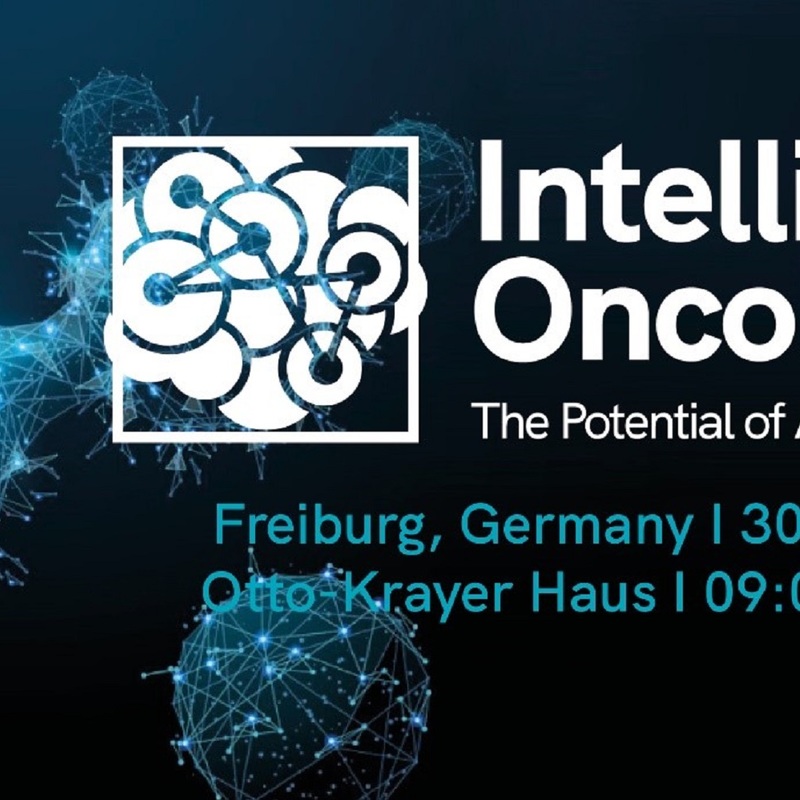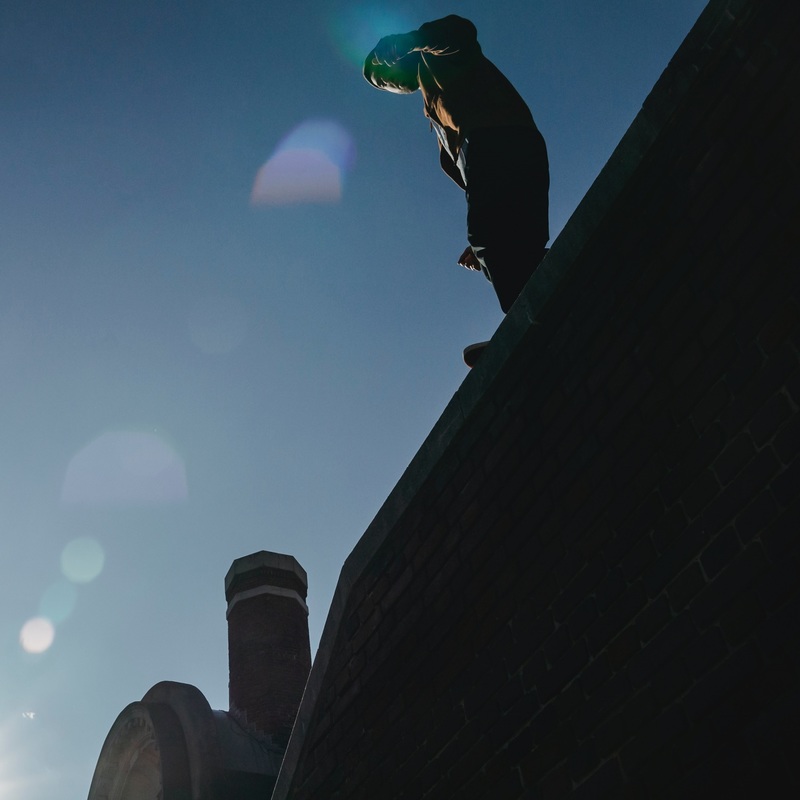Search
The Vulnerability and Strength of the Adolescent Brain
DOI: 10.17160/josha.9.5.851
Around 20% of adolescent suffer from a mental illness, and suicide is the third leading cause of death among this age group. An interesting but disturbing fact is mental illness onset surge in adolescents. This article dives into the neuroscience of why and how the adolescent brain is more vulnerable to mental health challenges. The article discusses the two major sensitive periods of brain development: infancy and adolescence, of which the latter will be discussed in the context of sex hormones, neurotransmitters, anatomical maturation, and error signals generated by the brain. The major take-away is that the adolescent brain is in a period of construction that makes it more challenging to make the right decisions in the right situations. It is emphasized how the adolescent brain does not choose to act irrationally or succumb to peer pressure. Rather, the adolescent brain is in a transition phase that requires time and support to mature.
Speech by Joachim Frank
DOI: 10.17160/josha.9.5.850
Nobel Prize winner Dr. Joachim Frank shares another impressive speech with JOSHA. His speech concluded the international symposium on the occasion of his 82nd birthday, which took place on September 4th, 2022 in the Vagelos Education Center of Columbia University. Among the topics he covered were his first exposure to molecular biology, the accidental discovery that led him into the direction of his research, and advice to young scientists about the importance of “peripheral vision” for success in their careers.
Symposium “Intelligent Oncology - The Potential of AI to Cure Cancer"
DOI: 10.17160/josha.9.5.849
The Inaugural Symposium “Intelligent Oncology - The Potential of AI to Cure Cancer" took place in Freiburg, Germany on September 30, 2022. The theme of the symposium was AI-assisted cancer research, and the aim was to present the state-of-the-art of cancer diagnosis, prognosis, and treatment with data-driven methods, to identify high-impact research directions. The meeting brought together leaders from industry and academia to exchange and share their experiences, present research results, explore collaborations and to spark new ideas, with the aim of developing new projects.
When Trauma is Passed on through Generations
DOI: 10.17160/josha.9.5.848
Transgenerational trauma is the transmission of the effects of traumatic experiences through generations via genetic inheritance. In other words, a father’s trauma can change his genetic profile which is inherited by his son and grandson. This phenomenon has been well-document since World War II (WW2) where the Holocaust and the Dutch Hunger crises led to transgenerational trauma in millions of families. This article discusses the transgenerational trauma aftermath of WW2, and dives into the new neuroscientific results that uncover how these trauma induced epigenetic changes affect the brain and behavior of human beings. The article finishes with a discussion of what types of experiences can trigger transgenerational trauma, and reflects how the COVID-19 pandemic may be the source of a new wave of transgenerational trauma. The article was first published in ‘Subkit’ on August 01, 2022 (https://www.subkit.com/pernillebuelow/posts/when-trauma-is-passed-on-through-generations).
Pandemic, Mental Health and Digital Interventions
DOI: 10.17160/josha.9.5.847
The COVID-19 pandemic has caused extraordinary upheaval in our lives. The long list of precarious scenarios, including, but not limited to, health concerns related to covid, social distancing, and financial strain, has resulted in ballooning mental health crises. As a result, the field turned to emerging digital interventions to address the elevated demand for mental healthcare to offer accessible and affordable solutions. While digital therapies and online solutions have existed before the pandemic, recent adoption and use of digital interventions has several benefits and needs long term investigations to further our understanding of the field.
Introducing Neuroscience Research in the Mental Health Space: The Past, Present and Future
DOI: 10.17160/josha.9.5.845
The earliest records of mental health research date back to the 9th century. Since then, remarkable strides have changed the ways we perceive, study and treat mental illnesses. This article gives a historical overview of how mental health research and treatments have changed since the 9th century to present day. Throughout the article discusses why these changes happened and how they impacted people, particularly minority groups and females. The article concludes with a reflection on where the current mental health research is headed. The article was first published in ‘Subkit’ on July 01, 2022 (https://www.subkit.com/pernillebuelow/posts/introducing-neuroscience-research-in-the-mental-health-space).
Editorial Volume 9, Issue 4
DOI: 10.17160/josha.9.4.844
Dear josha-journal readers, Summer and the time of vacation are largely over. It's time to get back to work and studies. However, the past two summer months were anything but unproductive, as can be seen from the latest issue of josha-journal. The focus during these months was on India. But of course, we also devoted time to other topics and regions. In October, we would like to announce this year's winners of the Demetrios Awards. Until then, a team of josha-journal and the International Academy of Sciences, Humanities and Arts is working on the evaluation of the submitted papers. These will gradually be published in our journal as well. It remains exciting. The team wishes everyone a good start to the academic year. Stay tuned to us.
Suicide Prevention Inequities in Colombia: A Call to Action
DOI: 10.17160/josha.9.5.842
In Colombia (South América), suicide care is focused on prevent people to kill themselves. Prevention guidelines have been designed without a sensitive understanding of particular population needs and its social determinants, which can lead to the accentuation of social and health inequities, due to differential exposures to risk and protective factors and cumulative advantage/disadvantage throughout life. Therefore, preventive actions that seek to prevent damage and risk control, create a space for reflection on the task prevention, health promotion and quality of life.
The Ultimate Hero; Zero Times Zero
DOI: 10.17160/josha.9.5.841
This is a Written Word Art presentation which, among others of its kind, created over the years, has been an endeavor to explore various experiential subjects using the art of what I call as Graphic Verse. The work presented here is intended to show-case this particular manner of expression. While not being aware of anything of this kind that has been brought out earlier, I presume Ultimate Hero, Zero Times Zero is the first of its kind that is being presented under the aegis of JOSHA. My predilection for the Written Word Art, since my early years, drew my attention to the fact that my interest in poetry would often make me the odd man out among my circle of friends and acquaintances. Poetry did not appear to catch their fancy; probably because most of them would not get absorbed by or attracted to its substance by merely hearing or reading it. This happened more so when the thought-images woven into the fabric of this artform took to abstract verbal or visual postures.
Three Christs of Ypsilanti: The Unholy Trinity
DOI: 10.17160/josha.9.4.840
Dr Milton Rokeach brought together three psychotic patients at Ypsilanti State Hospital in Michigan for a study. The patients had one notable feature: they all believed they were Jesus Christ. Rokeach specialised in belief systems: how people develop and keep (or change) their beliefs. Read the article to find out if the experiment was successful or failed.









